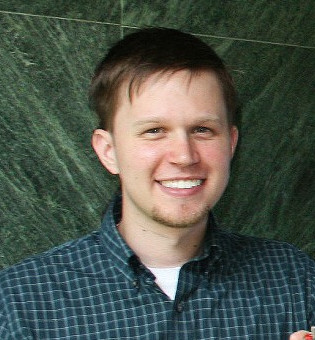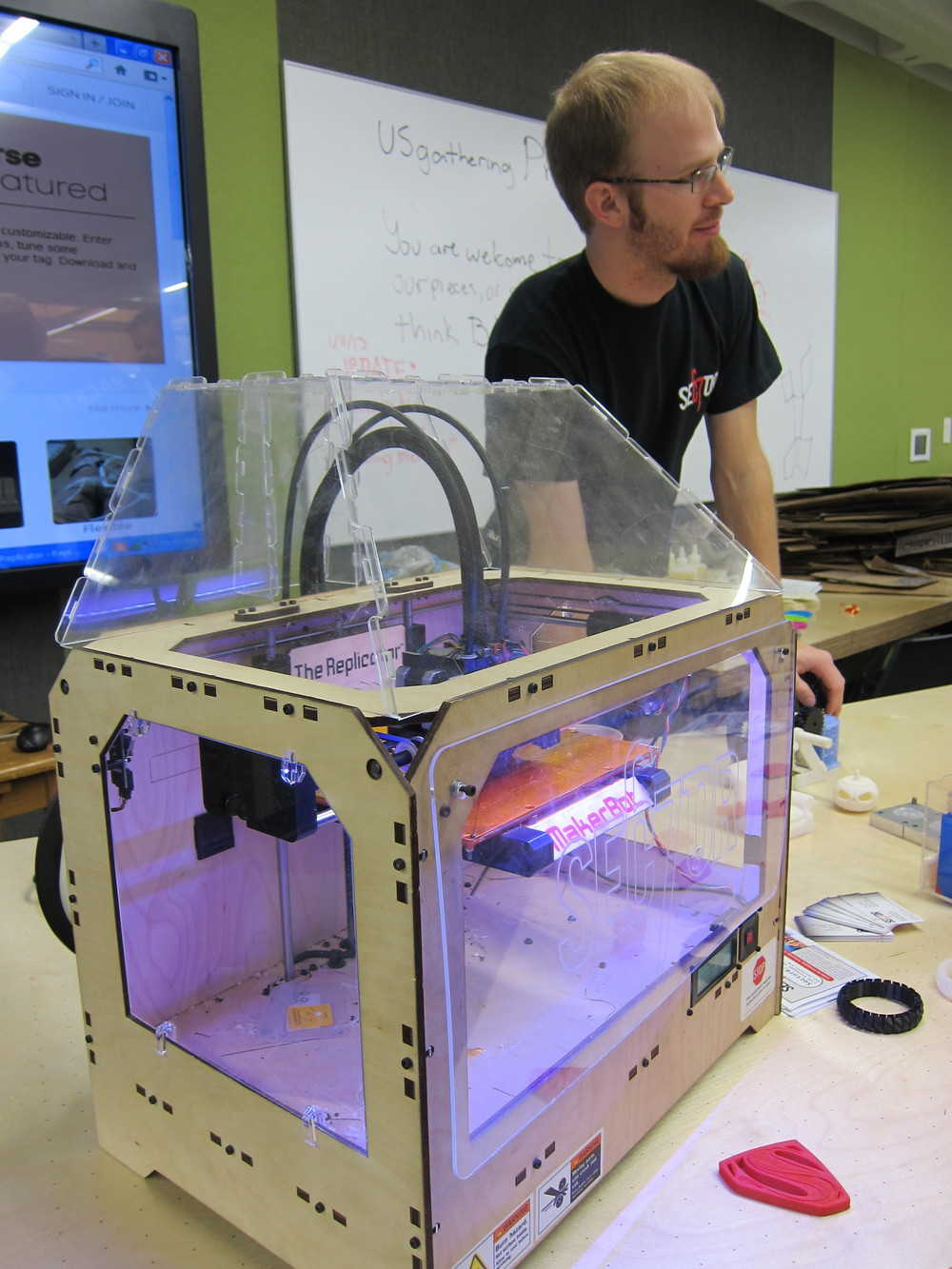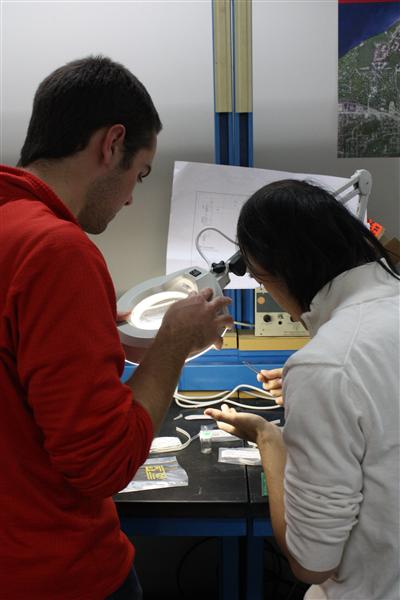

|
Madison Section NewsletterNewsletters are archived online at http://ieee-msn.truenym.net/news.html. |
| Vol. 17, No. 3 | Serving IEEE Members of South Central Wisconsin | April 2014 |

C-Motive Technologies Inc. is a Madison, WI-based startup developing electrostatic machines and devices using its proprietary Capacitive Technology Platform™, which brings electrostatics into competition with the electromagnetic devices pioneered by the likes of Tesla and Edison. Rather than use magnetic fields, C-Motive’s machines and devices leverage electric fields - no copper windings, no expensive, heavy steel electromagnets. C-Motive instead uses electric voltage across closely stacked stationary and rotating aluminum plates. C-Motive’s innovations prove for the first time that electric charges, rather than currents, can produce practical motion on an industrial scale. The secret rests within C-Motive’s patented Hydroflex Plate Stacking System™, which delivers more electrical capacitance than ever demonstrated on a macro scale. This presentation will walk through the development of these technologies and discuss some of their applications.


Dr.
Mathew provided a concise view of the bioengineering
issues associated with connecting to living neurons and processing
signals to control living tissue. He explained how Utah's
device was surgically implanted to connect to neurons and showed
how neurons could be stimulated to cause muscle contraction.
His research identified ways to provide reasonably precise control
by applying a constant voltage pulse whose duration and frequency
could be varied. He also explained how laboratory animal
subjects so instrumented were probed with an automatic analysis
tool to identify how to stimulate appropriate muscle
action. Muscle fatigue was also discussed and
he showed how to provide stimulus to reduce muscle fatigue.
University of Wisconsin Student
IEEE Section Projects Funding
 The IEEE-Madison Section has
partially funded a proposal from the University of Wisconsin Student
Branch that the Executive Committee determined to be a worthwhile
project. We have applied to the IEEE Technical Activities
Board to possibly fund a portion of the work, but more money is
needed. See UWisc-IEEE
for information on the student chapter's current activities.
The aim of UW-Madison IEEE Student Projects is to allow students to
gain hands-on experience with practical design and fabrication
techniques. The projects allow participants to practice computer
layout and fabrication skills without the pressure of a graded class.
During promotion chapter project managers emphasize that no previous
experience is necessary, and that participation is not limited to
electrical and computer engineering majors. Three projects were
configured -- the first project is a simple solar photovoltaic (PV)
charger for cell phones and digital music players. The second
project, named the “color organ”, is a BoosterPack for the TI Tiva C
LaunchPad that allows the LaunchPad to sample audio, process it, and
then drive an LED matrix on the color organ, forming an audio spectrum
analyzer. The third project, named the “breathalyzer”, is also a
BoosterPack for the TI Tiva C Launchpad that detects the concentration
of alcohol in breath, estimates the corresponding blood alcohol
content (BAC) of the user, and outputs the BAC on seven segment
LEDs.
The IEEE-Madison Section has
partially funded a proposal from the University of Wisconsin Student
Branch that the Executive Committee determined to be a worthwhile
project. We have applied to the IEEE Technical Activities
Board to possibly fund a portion of the work, but more money is
needed. See UWisc-IEEE
for information on the student chapter's current activities.
The aim of UW-Madison IEEE Student Projects is to allow students to
gain hands-on experience with practical design and fabrication
techniques. The projects allow participants to practice computer
layout and fabrication skills without the pressure of a graded class.
During promotion chapter project managers emphasize that no previous
experience is necessary, and that participation is not limited to
electrical and computer engineering majors. Three projects were
configured -- the first project is a simple solar photovoltaic (PV)
charger for cell phones and digital music players. The second
project, named the “color organ”, is a BoosterPack for the TI Tiva C
LaunchPad that allows the LaunchPad to sample audio, process it, and
then drive an LED matrix on the color organ, forming an audio spectrum
analyzer. The third project, named the “breathalyzer”, is also a
BoosterPack for the TI Tiva C Launchpad that detects the concentration
of alcohol in breath, estimates the corresponding blood alcohol
content (BAC) of the user, and outputs the BAC on seven segment
LEDs.